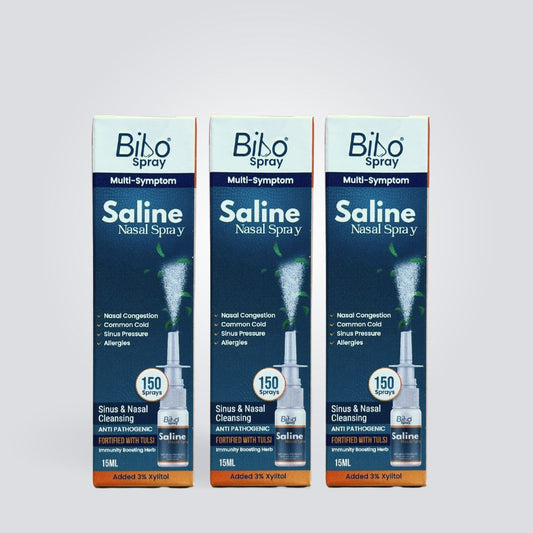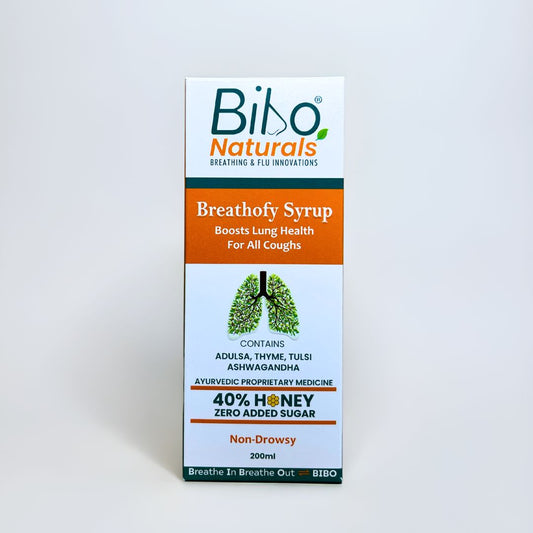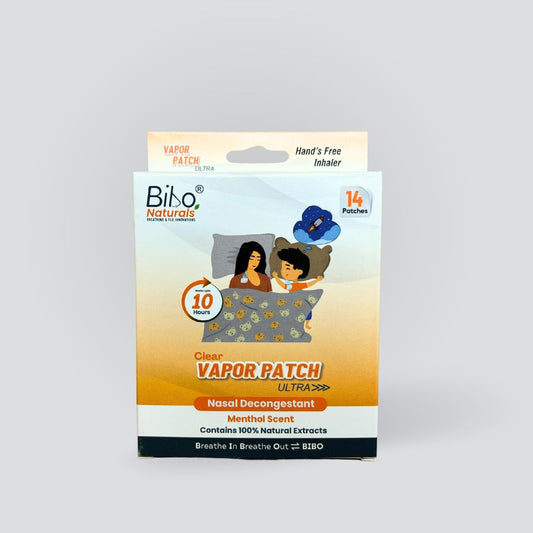
Blog written by: Dhrithi Bhat
Chronic obstructive pulmonary disease (COPD), is a degenerative lung disorder that affects millions of individuals worldwide. While taking prescribed medications is essential for managing COPD, eating a healthy diet is also key for promoting overall health and reducing symptoms. A healthy weight, improved immunity, increased energy levels, and a reduction in COPD-related symptoms can all be achieved with a balanced diet.
Factors Affecting Compromised Lung Health in COPD Patients
COPD affects the airways and air sacs of the lungs, leading to various respiratory issues. The primary factors that compromise lung health in COPD patients include:
- Inflammation: Chronic inflammation in the airways, which results in lung tissue loss, airway narrowing, and increased mucus production, is a common feature of COPD.
- Oxidative Stress: Reactive oxygen species generation and the body's capacity to neutralize them are out of balance in COPD patients. This oxidative stress might aggravate symptoms and further harm the lungs.
- Nutritional Deficiencies: Patients with COPD frequently have reduced amounts of vital nutrients such as omega-3 fatty acids, antioxidants, and vitamins (C, E), which are important for preserving lung health.
The Role of Diet in COPD Management
A well-planned diet can help COPD patients improve their lung health and overall quality of life. Here are some dietary recommendations for COPD patients:
- Antioxidant-rich Foods: Antioxidants help reduce inflammation and oxidative stress. Include fruits and vegetables like berries, oranges, leafy greens, and cruciferous vegetables in your diet.
- Omega-3 Fatty Acids: Foods rich in omega-3 fatty acids, such as fatty fish (salmon, mackerel), flaxseeds, and chia seeds, can help reduce inflammation and improve lung function.
- Vitamin D: COPD patients often have low vitamin D levels, which can worsen symptoms. Include vitamin D-rich foods like fortified dairy products, fatty fish, and egg yolks in your diet, or consider supplementation under medical supervision.
- Balanced Macronutrients: A balanced diet with adequate protein, carbohydrates, and healthy fats is essential for maintaining energy levels and muscle strength, which can help cope with the physical demands of COPD.
- Hydration: Staying hydrated thins mucus and makes it easier to clear from the airways. Drink sufficient water throughout the day, and consider incorporating broths, herbal teas, and soups into your diet.
- Small, Frequent Meals: COPD patients often experience breathlessness while eating. Opt for smaller, more frequent meals to reduce the feeling of fullness and maintain a steady energy supply.
Foods to Avoid or Limit:
While some meals can help people with COPD, others may worsen symptoms or cause complications. Following are some foods to limit or avoid:
- Processed Foods: Foods that have been heavily processed frequently have high levels of harmful fats, sodium, and additives. These could cause inflammation and exacerbate COPD symptoms. Limit your intake of processed meats, snacks, and sweet drinks.
- Sodium-Rich Foods: Excessive sodium consumption may worsen respiratory problems and cause fluid retention. Pickles, canned soups, processed foods, and salty snacks should be avoided.
- Gas-Producing Foods: Some foods may make you feel bloated and gassy, which can put strain on your diaphragm and make breathing more difficult. Carbonated beverages, beans, lentils, cabbage, onions, and garlic are a few examples. Track your tolerance to these foods and make the necessary adjustments.
- Large Meals: Large meals might make you bloated and make breathing difficult. To facilitate digestion and reduce discomfort, choose smaller, more frequent meals throughout the day.
- Caffeine and Alcohol: Caffeine and alcohol can both disrupt sleep cycles and cause dehydration. Limit your alcohol and caffeine intake and substitute water or herbal teas instead.
References:
- Global Initiative for Chronic Obstructive Lung Disease. (2021). Global strategy for the diagnosis, management, and prevention of chronic obstructive pulmonary disease (2021 report). Retrieved from https://goldcopd.org/2021-gold-reports/
- Cleveland Clinic. (2021). COPD nutrition: Eating well, managing symptoms. Retrieved from https://my.clevelandclinic.org/health/diseases/8709-chronic-obstructive-pulmonary-disease-copd
- American Lung Association. (a.n.d.). Eating right with COPD. Retrieved from https://www.lung.org/lung-health-diseases/lung-disease-lookup/copd/living-with-copd/nutrition#:~:text=Limit%20simple%20carbohydrates%2C%20including%20table,cake%20and%20regular%20soft%20drinks.&text=Eat%2020%20to%2030%20grams,%2C%20seeds%2C%20fruits%20and%20vegetables.&text=Eat%20a%20good%20source%20of,help%20maintain%20strong%20respiratory%20muscles.
- Brashier, B. B., & Kodgule, R. (2012). Risk factors and pathophysiology of chronic obstructive pulmonary disease (COPD). Journal of Association of Physicians of India, 60(Suppl 5), 17-21. https://pubmed.ncbi.nlm.nih.gov/23155808/
- Sahin, H., Nazıroğlu, M., Yıldız, K., & Turan, B. (2013). Selenium and vitamin E modulates radiation-induced liver toxicity in pregnant and nonpregnant rat: effects of colemanite and hematite shielding. Biological Trace Element Research, 154(3), 405-412. https://pubmed.ncbi.nlm.nih.gov/19763408/




